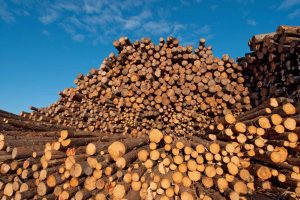
Connection Forest Science and Artificial Intelligence
Dealing with the felling of trees, F.M. Anim Hossain and his colleagues worked on cutting timber and other forest products and raising trees and their management. In the late 19th and early 20th centuries, the primary timber resource was in Ontario, Quebec, New Brunswick and Nova Scotia.
The Canadian Forest Service, Natural Resources Canada, works hard to ensure a healthy and productive forest sector, in order to enhance the competitiveness in the forest products market.
The health and productivity of the forest sector have always been the main goal of the Canadian Forest Service. Enhancing competitiveness isn’t the only thing it results in, but it also ensures a more sustainable forest management system.
The CFSC manages over 630 million hectares of forest land across Canada. These forests are home to an estimated 7.2 million people who depend on them for their livelihoods and many other species of plants and animals that rely on healthy forests.
The forestry sector is one of Canada’s leading economic engines, employing more than 400,000 people in rural and urban areas.
Forestry products are used in many products and industries, from cars and furniture to paper and wood pulp. The industry also contributes significantly to the Canadian economy, generating $27 billion in GDP annually.


